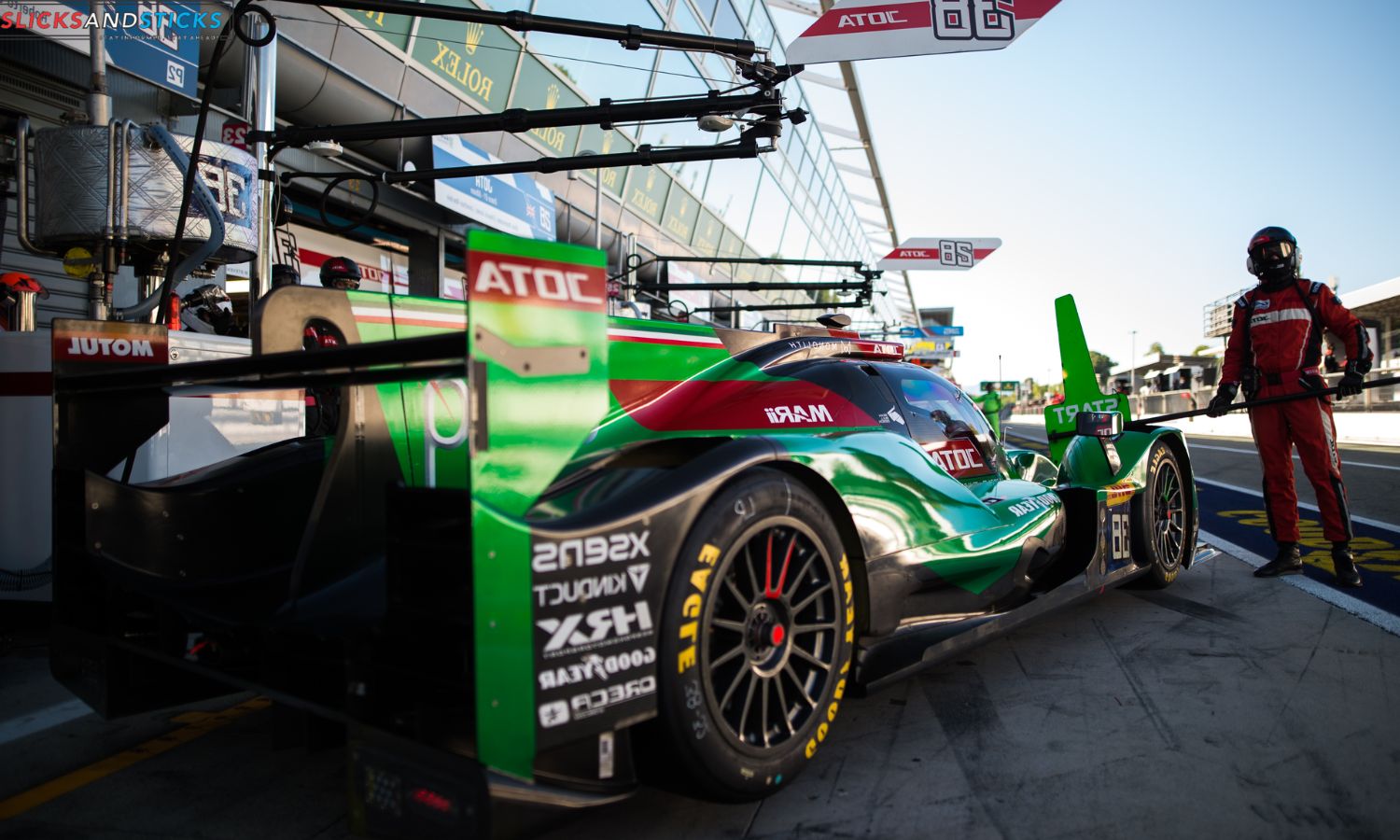In its second World Endurance Championship race, the Porsche 963 showed great courage, giving Proton a name in the hypercar business. In a tough race, Jani, Harry Tincknell, and Gianmaria Bruni drove a strong car that helped them come in first. This was a big deal; their skill was evident in less than two hours.
The needs of racing were constantly changing. Something went wrong when Tincknell got to the pit lane after a tremendous double run. Proton was in the shop for a long time because of a problem with the seat belts. The time went by quickly and cruelly. After seven runs, the #7 Toyota GR010 HYBRID couldn’t stop seeing the #99 car in its rearview mirror.
Jani was sorry that the Ferraris weren’t in the race review. Before the pit stop, Tincknell was dangerously following James Calado’s #51 499P. There was a lot of what-could-have-been in the air as if victory was just around the corner.
Jani said, “A lot was possible,” which was a sad answer. “I was behind the Porsche [#6] and two Toyotas when I got in. I spent my whole time watching them.” The seat belt broke in a way that had never happened before in racing. Jani said that the belt came out of the buckle. When I pulled to tighten it, the string went through the hook and out. We had to get a new belt because the old ones were too loose. Strange things happened. Nothing ever happened like that.”
The terrible irony was that the Porsche 963 that Proton used at Fuji differed from the one that debuted in July at Monza. After Monza, the first car to race in the IMSA SportsCar Championship on the other side of the ocean. Like its predecessor, this second car was tried at Fuji after a 10-lap shakedown at Porsche’s headquarters in Weissach.
Jani and Tincknell said the same thing about the sad turn of events: “It stinks because it was going so well. I was behind Calado when I stopped. In the second half, I ran well, and the Ferraris were close behind. We have yet to try the car, but it moved quickly. Our P5 in FP3 was good, and we’re always getting better. Since Proton isn’t a well-known prototype team and we’re just starting the program, we’re doing better than we should be.

Another Porsche user, JOTA, was also having trouble at the same time as Proton. Antonio Felix da Costa, their best driver, got a drive-through penalty for fighting with JOTA’s LMP2 car. This happened in the second hour at Turn 10, which cost them the race.
The effects were apparent because da Costa, Will Stevens, and Yifei Ye stopped believing. Poor sixth place, 22 seconds behind the #51 car in fifth place and two seconds behind both Ferrari 499Ps.
Sam Hignett, the boss of JOTA, said, “Without the drive-through, we would have been in a battle for fourth place with Ferrari. The result is also wrong because they ran FCY for less than a lap, and we ran the straight under FCY. We lost 15 seconds, which put [the #51] 10 seconds ahead of us. We were behind the #6 factory Porsche and could have been P4, so we need to work on that.”
Our Reader’s Queries
How does the World Endurance Championship work?
In WEC races, drivers are given a set time to cover the maximum distance possible, pushing both their skills and the equipment to the limit. The upcoming 2024 FIA WEC season will feature eight rounds held across the globe, with race durations varying from six to 24 hours. These events are designed to test the endurance of both the drivers and their machines, making for an exhilarating spectacle.
Is WEC and Le Mans same?
In 2012, the World Endurance Championship took over from the Intercontinental Le Mans Cup. This championship consists of eight endurance races held across the globe, including the renowned 24 Hours of Le Mans. The format of the championship is similar to its predecessor, making it a thrilling event for endurance racing enthusiasts.
How many laps is 1000 miles of Sebring?
The 1000 Miles of Sebring is a highly anticipated event in the FIA World Endurance Championship. This race covers a distance of 1,002.32 miles (1,613.078 km) and consists of 268 laps. The last race took place in 2023 and had an 8-hour time limit. It’s a challenging race that tests the endurance of both drivers and their vehicles. Fans eagerly await this event, which promises to be a thrilling spectacle of speed and skill.
Who owns WEC racing?
The Fédération Internationale de l’Automobile (FIA), the governing body of motorsport worldwide, manages the WEC.
